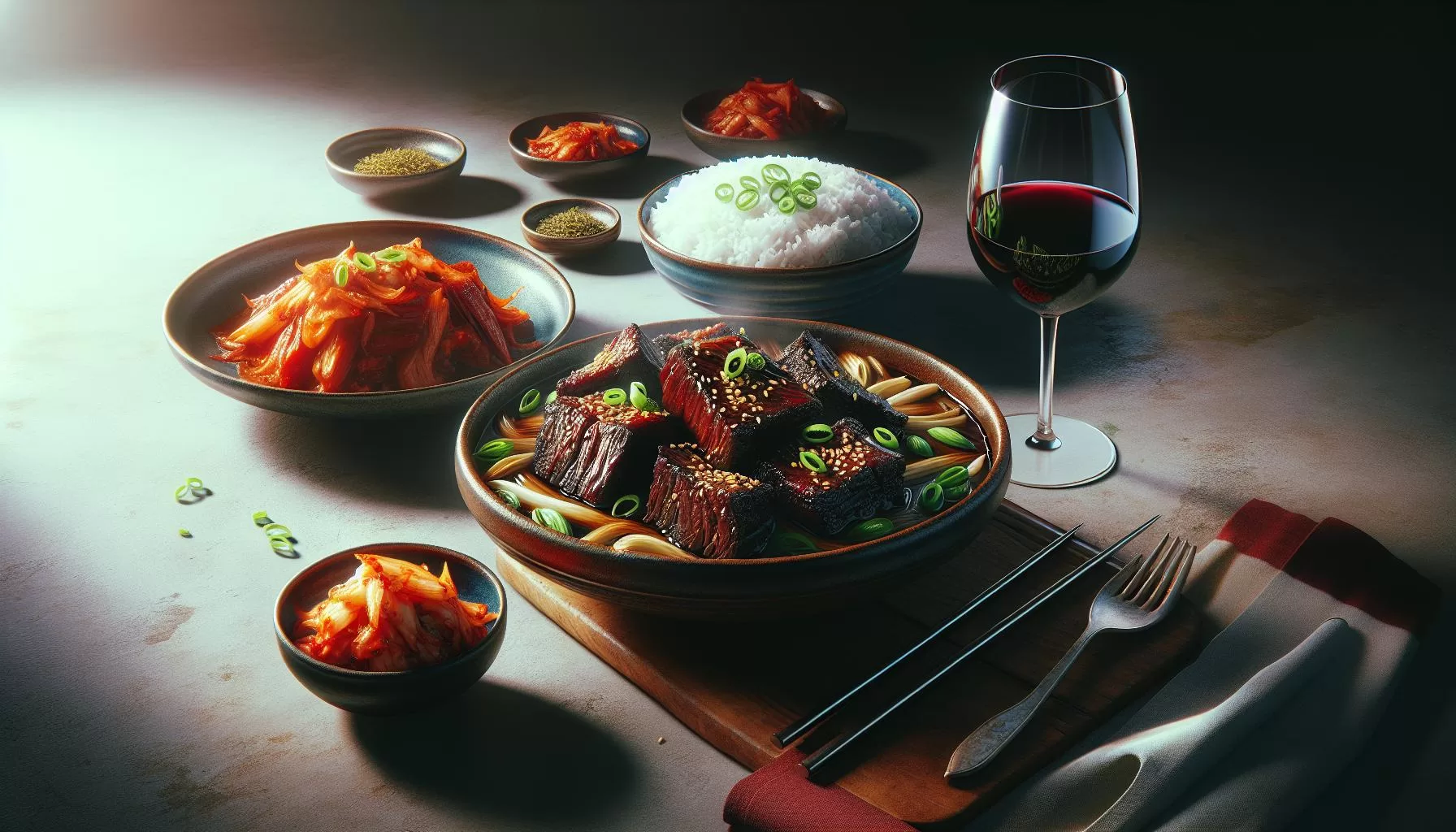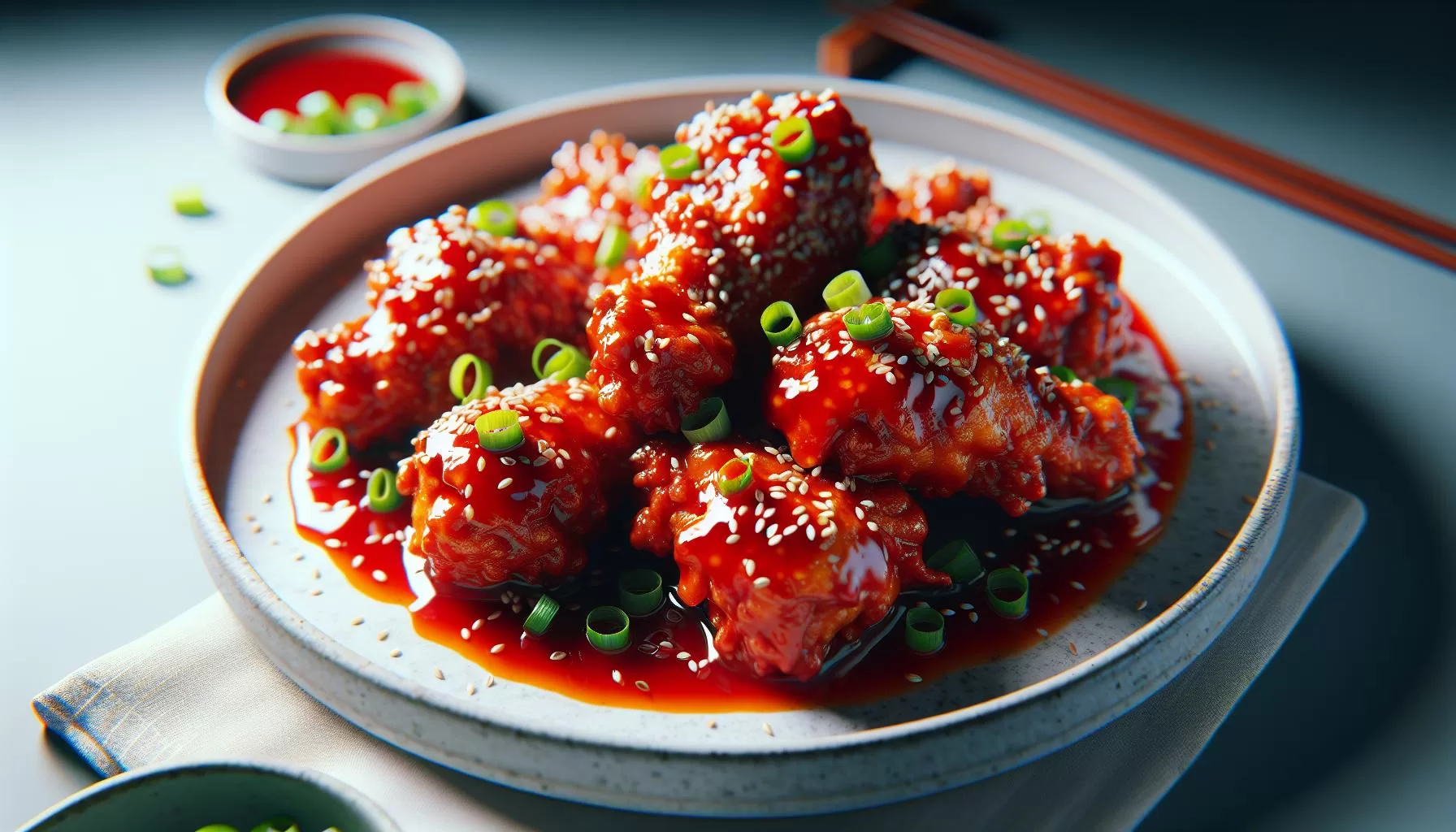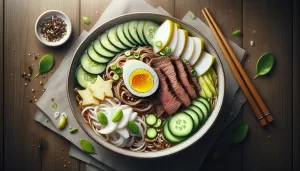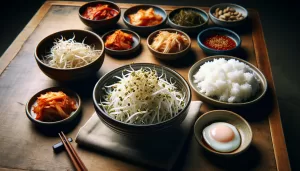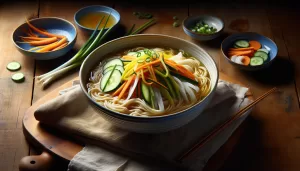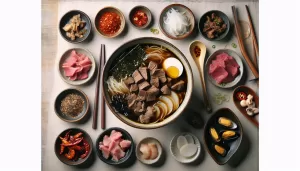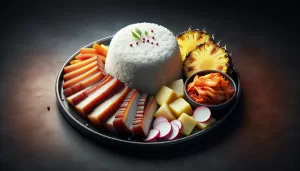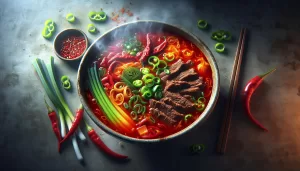Receive our latest articles in your inbox
[coming soon ]
Featured Articles
Latest Articles
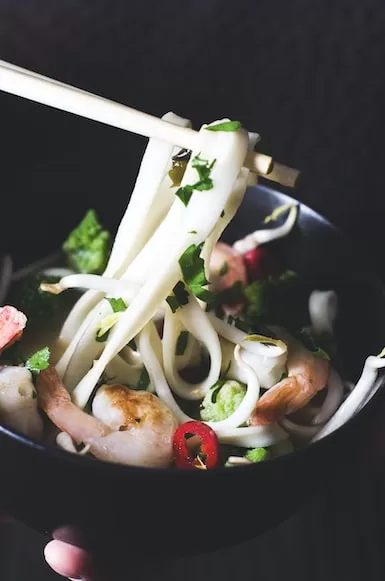
About Us
We’re glad that you’re here
Welcome to Asian-Recipe.com, your one-stop destination for diverse and delicious Asian cuisine. Founded by food enthusiasts in 1999, we share authentic, easy-to-follow recipes from various regions and cultures across Asia.
Our dedicated team curates and updates content, helping you recreate dishes at home. Join us on this flavorful journey as we explore Asia’s culinary riches together!
